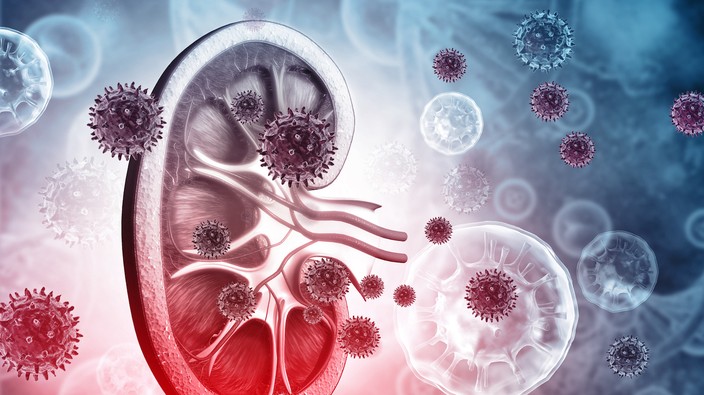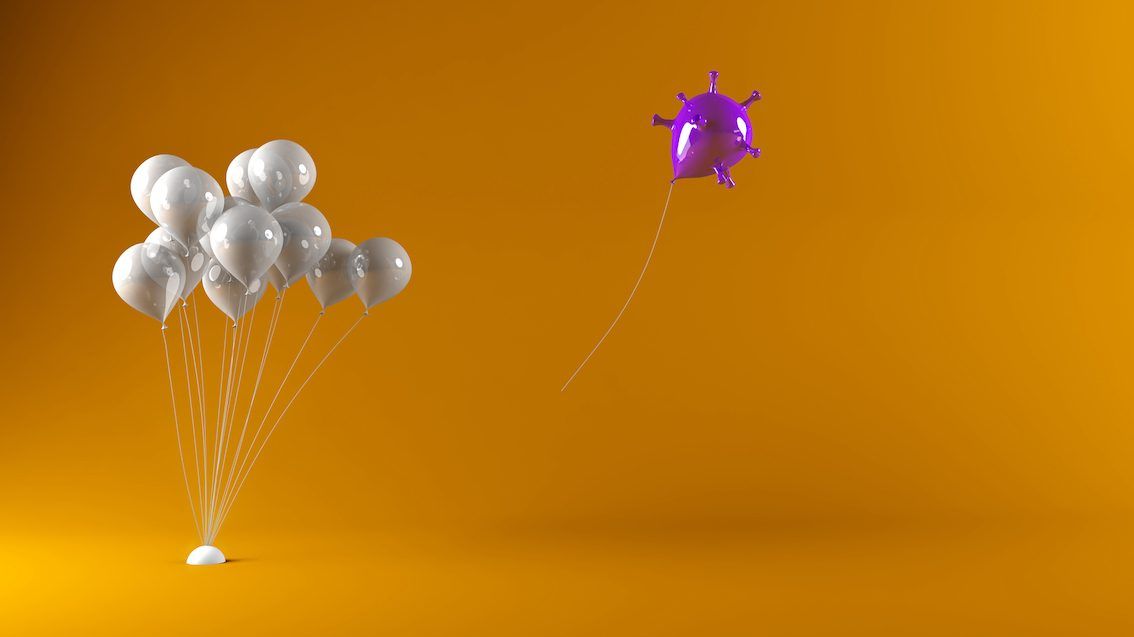“we found that the virus was especially adept at binding to two key receptors on the surface of the podocytes and these receptors are abundant in these kidney cells,” said titilola kalejaiye, first author of the paper a postdoctoral fellow in the lab. “there was a strong uptake of the virus initially and we also found that when you increased the dose of the virus, the uptake would increase even further. the virus seemed to have a strong affinity for these kidney cells.”
to test their podocyte model with a live version of sars-cov-2, musah and kalejaiye joined forces with maria blasi, an assistant professor of medicine at duke, who was exploring how viruses such as hiv are capable of infecting and damaging another type of kidney cell known as renal tubular epithelial cells.
“it was a stroke of luck that we crossed paths at the faculty meeting we both attended,” blasi said. “samira was looking for someone with experience handling live viruses and i was looking for a model of the podocytes that samira can make, so we decided to kill two birds with one stone.”
virus can ‘hijack’ kidney cells
tests would soon reveal that the live virus has the same attraction to kidney cells as the pseudovirus and the same ability to infect podocytes and cause their finger-like structures, which are responsible for filtering blood, to shrivel and retract. if this damage becomes too severe, the cells can die. “beyond the structural damage, we saw that the virus could hijack the machinery of the podocytes to produce additional viral particles that could spread to infect additional cells,” blasi said.
 3 minute read
3 minute read









